
The Wind Beneath Our Wings
According to the Ruby-throated hummingbird migration map (www.hummingbirds.net/map.html), hummingbirds typically make their seasonal debut in Florida around late February or early March. They continue their progression north and west toward the Dakotas and Canada, through mid to late May. It’s no surprise: The calendar tells us to “think spring” and the birds know it too.
With some advance preparation, you can help your customers fill their yards with the colorful sights and interesting sounds of these and other migratory birds.
Welcome Travelers!
Bird migration varies by species. Many of us have surely pinned our noses to windowpanes to catch (and celebrate) a glimpse of spring’s first red robin in the yard. The timing coincides nicely with flowers, shrubs and bulbs opening in the landscape to provide some food along their journey. For homeowners who place birdhouses around their yards, they’ll likely see activity in them by early April.
Birds are resourceful, using a range of materials to construct their nests. Some popular nesting materials include cloth, paper and branches to dryer lint or scraps of insulation. Consumers can help provide nesting materials simply by stringing such items onto a fence line, tree or pole. Another way to help: Place materials inside a suet cage and hang away from windows and glass to prevent injury to birds that might mistake glass for open spaces.
Preparing a Banquet
Birds need food, water and protection to live comfortably in any environment. Remind your customers to clean their existing birdfeeders, especially if they haven’t done so during the winter. Birdbaths also should be cleaned and thoroughly rinsed on a regular basis.
Here are two popular and effective cleaning methods you can share with your customers:
- Method 1: Combine one part chlorine bleach with 10 parts water, and immerse your feeder into the solution for two to five minutes.
- Method 2: Mix up a 50/50 solution of water and white vinegar, and soak your feeder completely for two to five minutes.
After soaking, scour or brush the feeder and then let it dry completely before re-filling. Some feeder manufacturers offer a quick release on the bottom of their feeders to facilitate cleaning.
Come and Get It
Different types of birdseed work best in different scenarios. Lead each customer to their best birdseed match with a few simple questions:
- Which types of birds are you trying to attract?
- Do you need more than one feeder?
- Would you prefer a feed option without shells?
Some bird species thrive on specific types of foods. Clinging birds such as Pine Siskins, Common Redpoll and goldfinches prefer sunflower seed or Nyjer thistle. To reduce seed waste, specially designed thistle feeders feature smaller ports to dispense Nyjer seed.
Placement of the feeder is also key to getting even the most timid of birds to explore dinner options. Many birds feed at different levels and consumers may have some success (and rewards) by positioning more than one feeder in their yards to maximize the fun.
Some bird watchers use combo feeders throughout the year to offer both birdseed in a feeder hopper and suet in a cage on either one or two ends. Recommend an all-season type of suet like suet dough cakes to keep the suet fresh and ready for consumption.
Vacationing Visitors
As mentioned above, hummingbirds typically return from their winter migration in early spring and are looking for nectar-bearing flowers. These beauties dart quickly across the property, but offer a freeze-frame of enjoyment when they feed by flapping their wings furiously as they hover.
Some hummingbird species are extremely territorial. To maximize feeding and bird-watching opportunities, but minimize conflict, encourage your customers to put out multiple hummingbird feeders, positioning them on opposite sides of the residence.
The bluebird is one unique species of wild bird that’s gaining popularity among home birding enthusiasts in some regions. Bluebirds love open fields and will frequent platform feeders to feast on their preferred meal, dried mealworms. Consumers can enhance their stay by erecting bluebird houses nearby.
What’s Bugging You?
The purple martin is one of nature’s winged warriors that provides insect control throughout the summer months. These birds love to colonize together in harmony while living in multi-dwelling martin houses that are mounted on posts or poles at least 10 feet off of the ground.
Each martin house includes eight to 12 (or more!) compartments, in which the residents can breed and expand their families. They’re fun to watch, and can provide amusing torture for resident cats that are within eyesight of their nest.
Make It a Garden Party
Plenty of additional winged guests can add interest and enjoyment to the home and garden. Butterfly houses and butterfly feeders, staked garden fairies, whirligigs of birds and colorful insects, even weathervanes, can provide movement in or around the garden.
Wind-driven motion is a surefire way to attract eye-catching attention and provide entertainment all season long for both young and old.
Consider offering an assortment of wind chimes for those looking to bring some color and sounds to their backyards too. Just add wind and enjoy!



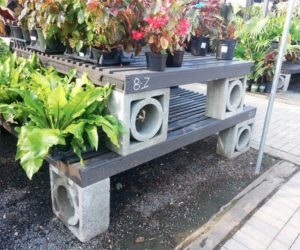
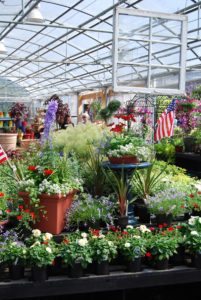
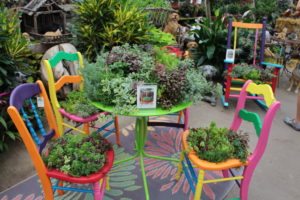
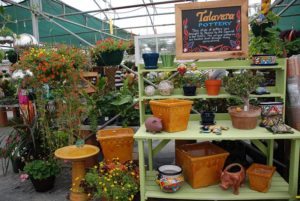
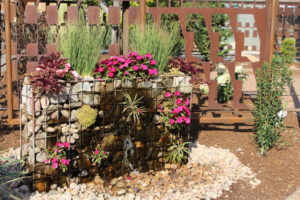
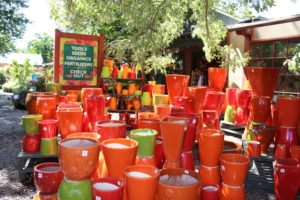

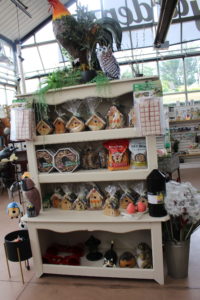
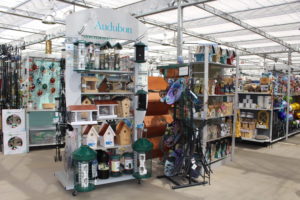
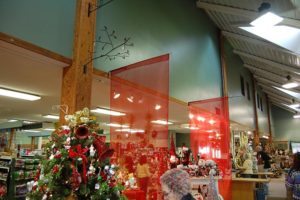
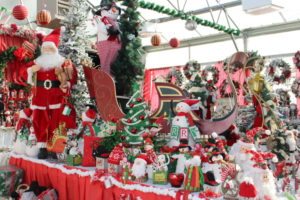
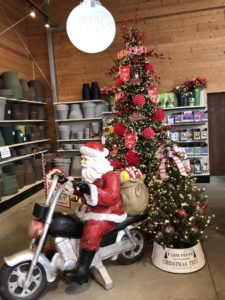
 Videos
Videos





